Solar eclipse on April 8 dazzles sky watchers across Quebec An eclipse is a phenomenal astronomical event. The total solar eclipse on April 8 was beyond expectations,…
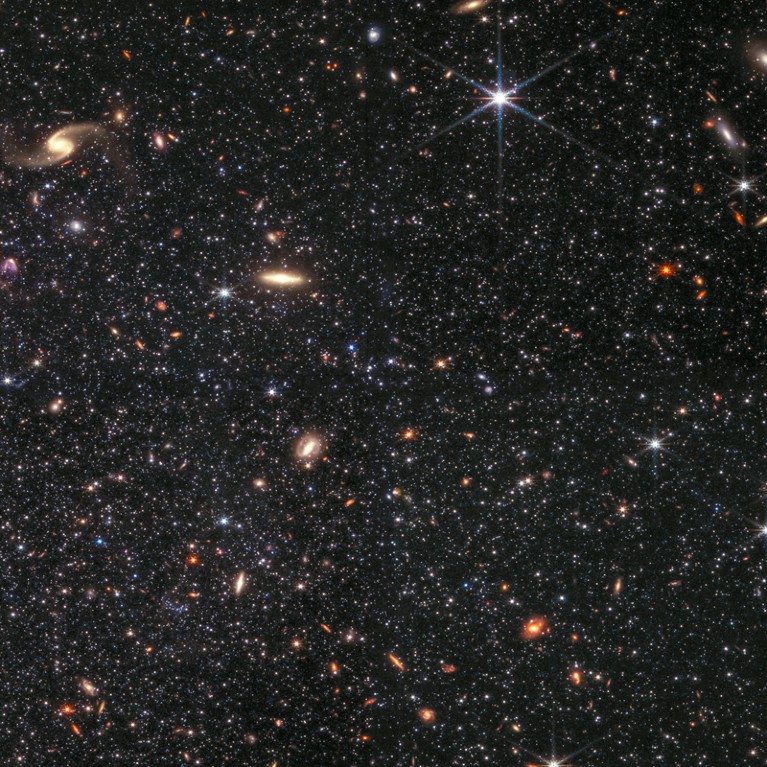

|
|
Part of the dwarf galaxy Wolf–Lundmark–Melotte (WLM) captured by the James Webb Space Telescope’s Near-Infrared Camera.Credit: Science: NASA, ESA, CSA, Kristen McQuinn (RU), Image Processing: Zolt G. Levay (STScI)
The crowd in the auditorium began murmuring, then gasping, as Emma Curtis-Lake put her slides up on the screen. “Amazing!” someone blurted out.
Curtis-Lake, an astronomer at the University of Hertfordshire, UK, was showing off some of the first results on distant galaxies from NASA’s James Webb Space Telescope (JWST). It was not the last time astronomers started chattering in excitement this week as they gazed at the telescope’s initial discoveries, at a symposium held at the Space Telescope Science Institute (STScI) in Baltimore, Maryland.
In just its first few months of science operations, JWST has delivered stunning insights on heavenly bodies ranging from planets in the Solar System to stars elsewhere in the cosmos. These discoveries have sharpened researchers’ eagerness to take more advantage of the observatory’s capabilities. Scientists are now crafting new proposals for what the telescope should do in its second year, even as they scramble for funding and debate whether the telescope’s data should be fully open-access.
JWST launched on 25 December 2021 as the most expensive, most delayed and most complicated space observatory ever built. Astronomers held their breath as the US$10-billion machine went through a complex six-month engineering deployment in deep space, during which hundreds of potential failures could have seriously damaged it.
But it works — and spectacularly so. “I feel really lucky to be alive as a scientist to work with this amazing telescope,” says Laura Kreidberg, an astronomer at the Max Planck Institute for Astronomy in Heidelberg, Germany.
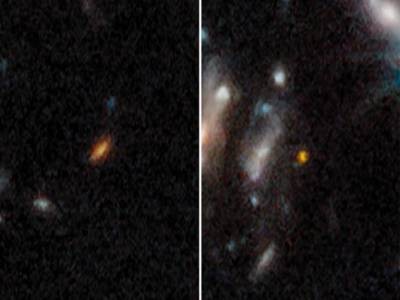

JWST spots some of the most distant galaxies ever seen
First out of the floodgate, in July, came a rush of preprints on the early evolution of galaxies. The expansion of the Universe has stretched distant galaxies’ light to infrared, the wavelengths that JWST captures. That allows the telescope to observe faraway galaxies — including several so distant that they appear as they did just 350 million to 400 million years after the Big Bang, which happened 13.8 billion years ago.
Many early galaxies spotted by JWST are brighter, more diverse and better formed than astronomers had anticipated. “It seems like the early Universe was a very profound galaxy-maker,” says Steven Finkelstein, an astronomer at the University of Texas at Austin.
Some of these initial findings are being revised as data calibrations improve, and many of the early claims about distant galaxies await confirmation by spectroscopic studies of the galaxies’ light. But astronomers including Curtis-Lake announced on 9 December that they have already nailed spectroscopic confirmation of two galaxies that are farther away than any ever previously confirmed.
In closer regions of the cosmos, JWST is yielding results on star formation and evolution, thanks to its sharp resolution and infrared vision. “Compared to what we can see with Hubble, the amount of details that you see in the Universe, it’s completely mind-blowing,” says Lamiya Mowla, an astronomer at the University of Toronto in Canada. Thanks to telescope’s keen vision, she and her colleagues were able to spot bright ‘sparkles’ around a galaxy that they dubbed the Sparkler; the sparkles turned out to be some of the oldest star clusters ever discovered. Other studies have unveiled details such as the hearts of galaxies where monster black holes lurk.
Another burst of JWST discoveries comes from studies of exoplanet atmospheres, which the telescope can scrutinize in unprecedented detail.
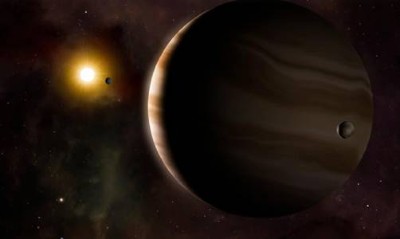

JWST reveals first evidence of an exoplanet’s surprising chemistry
For instance, when scientists saw the first JWST data from the exoplanet WASP-39b, signals from a range of compounds, such as water, leapt right out. “Just looking at it was like, all the answers were in front of us,” says Mercedes López-Morales, an astronomer at the Center for Astrophysics | Harvard & Smithsonian in Cambridge, Massachusetts. Now scientists are keenly anticipating data about other planets including the seven Earth-sized worlds that orbit the star TRAPPIST-1. Early results on two of the TRAPPIST-1 planets, reported at the symposium, suggest that JWST is more than capable of finding atmospheres there, though the observations will take more time to analyse.
JWST has even made its first planet discovery: a rocky Earth-sized planet that orbits a nearby cool star, Kevin Stevenson at the Johns Hopkins University Applied Physics Laboratory in Laurel, Maryland, told the meeting.
The telescope has also proved its worth for studying objects in Earth’s celestial neighbourhood. At the symposium, astronomer Geronimo Villanueva at NASA’s Goddard Space Flight Center in Greenbelt, Maryland, showed new images of Saturn’s moon Enceladus. Scientists knew that Enceladus has a buried ocean whose water sometimes squirts out of fractures in its icy crust, but JWST revealed that the water plume envelops the entire moon and well beyond. Separately, engineers have also figured out a way to get JWST to track rapidly moving objects, such as Solar System planets, much better than expected. That led to new studies such as observations of the DART spacecraft’s deliberate crash into an asteroid in September, says Naomi Rowe-Gurney, an astronomer also at Goddard.
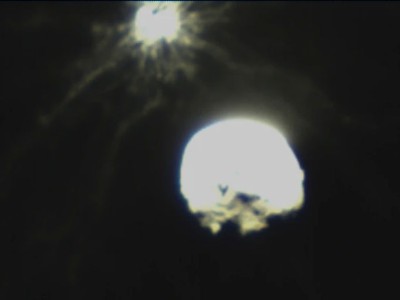

Fresh images reveal fireworks when NASA spacecraft ploughed into asteroid
Yet all these discoveries are but a taste of what JWST could ultimately do to change astronomy. “It’s premature to really have a full picture of its ultimate impact,” says Klaus Pontoppidan, JWST project scientist at STScI. Researchers have just begun to recognize JWST’s powers, such as its ability to probe details in the spectra of light from astronomical objects.
Applications are now open for astronomers to pitch their ideas for observations during JWST’s second year of operations, which starts in July. The next round could result in more ambitious or creative proposals to use the telescope now that astronomers know what it is capable of, Pontoppidan says.
Amid all the good news, there are still glitches. Primary among them is a lack of funding to support scientists working on JWST data, says López-Morales. “We can do the science, we have the skills, we are developing the tools, we are going to make groundbreaking discoveries but on a very thin budget,” she says. “Which is not ideal right now.”
López-Morales chairs a committee that represents astronomers who use JWST, and their to-do list is long. It includes surveying scientists about whether all of the telescope’s data should be freely available as soon as it is collected — a move that many say would disadvantage early-career scientists and those at smaller institutions who do not have the resources to pounce on and analyse JWST data right away. Telescope operators are also working on a way to get its data to flow more efficiently to Earth through communication dishes, and to fly it in a physical orientation that reduces the risk of micro-meteoroids smashing into and damaging its primary mirror.
But overall the telescope is opening up completely new realms of astronomy, says Rowe-Gurney: “It’s the thing that’s going to answer all the questions that my PhD was trying to find.”


As darkness settled during last week’s total solar eclipse, Japanese macaques turned their backs to the sun and red crowned cranes went uncharacteristically quiet.
But the Himalayan black bears just slept as if nothing was happening.
A Quebec zoo took advantage of last Monday’s total solar eclipse to study the behaviours of some of its animals. The zoo’s research and conservation department was approached by an astrophysics professor from the Université du Québec à Montréal about taking part in an animal behaviour study and collecting data on how they reacted during the rare phenomenon.
Granby Zoo is located in the province’s Estrie region, which had among the best views of rare total solar eclipse in southern Quebec. While humans were enthralled, few studies have been carried out on animal reactions during the rare event.
Chelsey Paquette, conservation coordinator at Granby Zoo, about 65 kilometres east of Montreal, said the zoo jumped at the chance to be involved. A study will be published to present the findings.
“What we can take from it is that definitely luminosity does have an effect on animals and whatever data we find, the conclusions we can take from the species at the zoo can probably be extrapolated to wildlife species as well,” Paquette said.
“It’s a rare event, so to collect data during a rare event to better understand how luminosity in the presence of the sun can influence animals is quite unique.”
Observers logged the animals’ activities over two days in the week leading up to the eclipse, between 2 and 5 p.m. during the event itself and for another two days later in the week following it.
The reactions they saw varied.
The Japanese macaques, a monkey species native to Japan, for example, had a reaction to the eclipse that was the opposite of what the researchers anticipated.
“We expected them to be agitated and to group together and want to go to the nighttime habitats for example,” Paquette said. “But during the totality of the eclipse, it was almost like they stopped vocalizing, they stopped all their movements and they just turned their backs to the sun and were just Zen and calm.”
The Red-crowned cranes are normally quite vocal, but also went quiet when the eclipse reached totality, Paquette said.
The male red panda spent most of the afternoon walking around his enclosure in the afternoon but as soon as the eclipse came, he climbed up a tree and went and slept with the female during the entire totality, which she said was unusual.
Paquette was assigned to the Himalayan black bears.
“We thought they would probably move towards their nighttime habitat when the sun was completely covered, it was pretty much like nighttime,” Paquette said. “But the bears just continued to sleep throughout the afternoon and they didn’t really seem to be influenced by the solar eclipse.”
Tahrs, ungulates that are related to goats and sheep, normally spend their afternoons calmly resting, with half of those in the zoo usually lying down.
“But during the eclipse, actually 100 per cent of these animals were standing up, they were walking around, so this was actually quite a drastic change for them,” Paquette said.
The zoo tried to collect data on a wide range of species, including some that are typically active during the day and others that tend to be more nocturnal. One observation was that prey species had a stronger reaction to the eclipse than predator species, Paquette said.
“It’s just interesting, these little observations that we were able to make,” Paquette said.
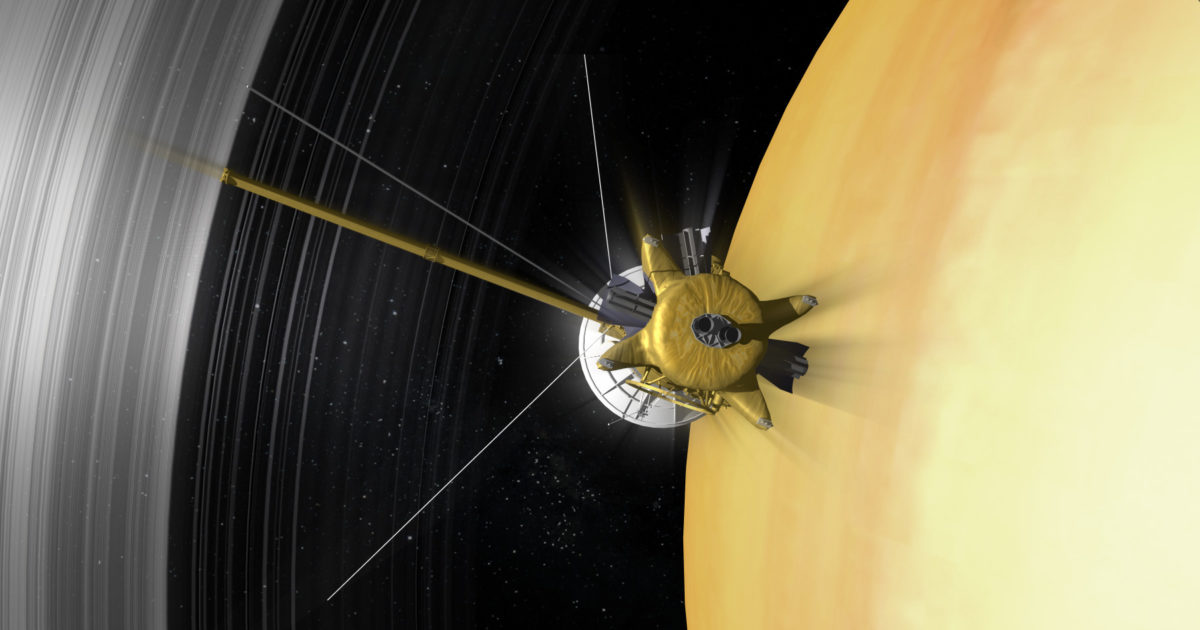

|
|
Although governments around the world understand the value of basic science, it can be hard to prioritize its funding given the variety of competing needs within a nation. NASA’s space science programs in 2024 amount to roughly 0.1% of annual U.S. spending, which represents a decrease in recent years. As such, space science sometimes needs to rely on justifications beyond its intrinsic value.
In a famous 2007 speech, former NASA Administrator Mike Griffin differentiated between the “real” and “acceptable” reasons for exploring space. “Acceptable” reasons for space exploration are logical, quantifiable, policy-friendly justifications. The “real” reasons, on the other hand, are intuitive, grand, emotional, and difficult to quantify. Both types of reasons are valid, and together they help explain why space science is worth the investment.
Some of the “acceptable” reasons for space science involve economic payoffs. Research has found that countries that invest more in basic research, including space science, see a return on investment in their overall economic performance and growth. This effect is dispersed throughout the economy through highly skilled, well-paying jobs. It also has an indirect effect on the economy: Discovery leads to technology and invention, which leads to new products, jobs, and industries. While technology development isn’t the primary goal of space science, this kind of progress would eventually stagnate if basic scientific research were neglected.
Another policy-friendly reason to invest in space science is that many scientific missions are internationally collaborative and contribute to allyship with other nations. There is also the very pragmatic goal of understanding Earth, the planet on which we all depend, by studying other planets and their histories. Venus, for example, was once an Earth-like world that eventually devolved into an inhospitable hellscape. By understanding that planet, we can work to prevent a similar fate for our own.
But, as Griffin explains, much of what humans do, from falling in love with one’s spouse to enjoying one genre of music more than another, is based on emotional and intuitive motivations. This is a human characteristic, and it plays out in our drive to understand the Universe and our place within it. In many ways, this is why we invest in space science: we want to go to new places and discover new things, witness the beauty and majesty of the Cosmos, understand where we came from and what might be possible in our future, and achieve astonishing feats.
Awe, wonder, and inspiration are among the “real” reasons for conducting space science. These are benefits that people can enjoy but that are impossible to quantify or justify on a budget balance sheet. Still, they are some of the most powerful motivators for studying the Universe and our place within it.




Motorola's Edge 50 Phone Line Has Moto AI, 125-Watt Charging – CNET
Trump Media plunges amid plan to issue more shares. It's lost $7 billion in value since its peak. – CBS News




Rafael Nadal confirms he’s ready for Barcelona: ‘I’m going to give my all’ – ATP Tour




Latest investment in private health care in P.E.I. raising concerns – CBC.ca
Meta's news ban changed how people share political info — for the worse, studies show – CBC.ca




Quebec employers group urges governments to base immigration on labour needs, not politics – CityNews Montreal




Investors are growing increasingly weary of AI – TechCrunch
Tesla to lay off 10% of its workforce as sales fall – CBC News